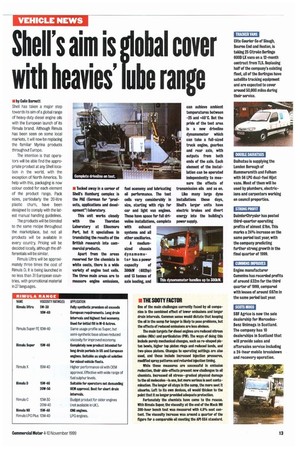' THE SOOTY FACTOR
Page 15

If you've noticed an error in this article please click here to report it so we can fix it.
One of the main challenges currently faced by oil companies Is the combined effect of lower emissions and longer drain intervals. Common sense would dictate that keeping the oil In the sump for longer is likely to pose problems, but the effects of reduced emissions are less obvious.
The main targets for diesel engines are reduced nitrous oxides (Nex) and particulates (PM). The ways of doing this Include purely mechanical changes, such as re-shaped piston bowls, higher top piston rings and reduced lands, and two-piece pistons. Changes to operating settings are also used, and these include increased injection pressures, modified spray patterns and retarded injection timing,
While these measures are successful In emission reduction, their side-effects present new challenges to oil chemists. Increased oil stress—gradual physical damage to the ail molecules—is one, but more serious is soot contamination. The longer oil stays In the sump, the more soot it absorbs. Left to its own devices, oil would thicken to the point that it no longer provided adequate protection.
Fortunately the chemists have come to the rescue. With Rlmula Super, the viscosity at the end of the Mack Me 300-hour bench test was measured with 4.8% soot content. The viscosity Increase was around a quarter of the figure for a comparable oil meeting the API 004 standard,








































































































































